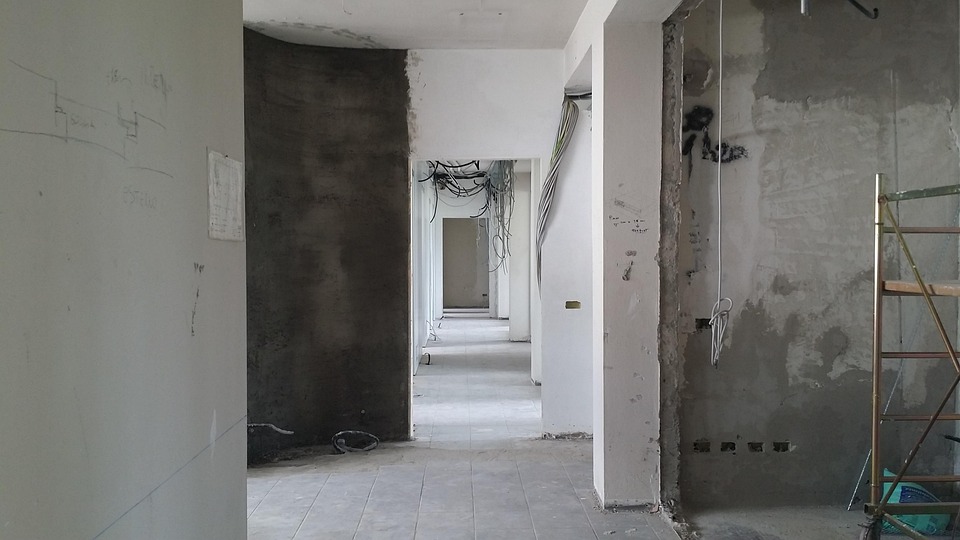
Renovating your home is an exciting but significant financial decision. Whether you’re upgrading for comfort, resale value, or functionality, knowing how much to spend is crucial. In Australia, renovation costs vary based on factors such as property size, location, and the extent of work required. This guide will help you understand renovation budgets and how to make the most of your investment.
1. Understanding Renovation Costs in Australia
Renovation expenses can differ widely depending on the type of project and finishes you choose. Here’s a rough breakdown of average costs:
- Basic renovations (cosmetic upgrades, painting, flooring) – $20,000 to $50,000
- Mid-range renovations (kitchen, bathroom upgrades, structural changes) – $50,000 to $150,000
- High-end renovations (full home remodel, premium finishes, extensions) – $150,000+
These estimates vary based on your location. For example, renovations in Sydney and Melbourne tend to be more expensive than in regional areas due to labour and material costs.
2. Budgeting Based on Home Value
A general rule in Australia is to spend no more than 5-10% of your home’s value on renovations if you plan to sell. This ensures a good return on investment without overcapitalising. Here’s an example:
- If your home is worth $600,000, your renovation budget should ideally be between $30,000 and $60,000.
- For higher-end properties, you may invest more, especially in sought-after areas like Sydney’s Eastern Suburbs or Melbourne’s inner-city regions.
3. Cost Breakdown by Renovation Type
Here’s a closer look at renovation costs for specific areas of your home:
Kitchen Renovations
- Basic: $10,000 – $30,000
- Mid-range: $30,000 – $60,000
- Luxury: $60,000+
Kitchen remodels can be costly but offer one of the highest returns on investment. Hiring professional renovation builders in Melbourne can ensure a functional and stylish design that enhances your home’s value.
Bathroom Renovations
- Basic: $10,000 – $25,000
- Mid-range: $25,000 – $40,000
- Luxury: $40,000+
Bathroom upgrades, especially those that include waterproofing, plumbing changes, and high-quality tiles, can significantly impact costs.
Living Room and Bedroom Updates
- Painting and flooring: $5,000 – $20,000
- Built-in wardrobes and storage: $10,000 – $25,000
These renovations tend to be less expensive but can dramatically improve comfort and aesthetics.
Outdoor and Landscaping
- Decking and patios: $5,000 – $20,000
- Full landscaping: $15,000 – $50,000
Outdoor improvements add value, especially in Australia, where outdoor living is a major lifestyle feature.
4. Factors Affecting Renovation Costs
1. Location
Costs in major cities like Sydney, Melbourne, and Brisbane are generally higher due to demand and material prices.
2. Labour and Materials
Trades like electricians, plumbers, and tilers charge different rates depending on experience and location. Material choices, from budget-friendly laminate to high-end marble, also affect costs.
3. Structural Changes
Moving walls, adding extensions, or modifying plumbing and electrical systems can significantly increase costs.
4. Permits and Regulations
If structural work is involved, you may need council approvals, adding additional fees and time to your renovation.
5. How to Maximise Your Renovation Budget
- Prioritise Key Areas – Focus on kitchens and bathrooms as they offer the highest returns.
- Set a Realistic Budget – Avoid overcapitalising by aligning your budget with your home’s value.
- Get Multiple Quotes – Compare quotes from different renovation builders in Melbourne to ensure you’re getting fair pricing.
- DIY Where Possible – Small tasks like painting and minor landscaping can save on labour costs.
Conclusion
Renovation budgets in Australia can range from $20,000 for minor updates to over $150,000 for full-scale transformations. By planning wisely and working with professional builders, you can ensure your renovation enhances both your lifestyle and property value. Whether you’re upgrading for personal enjoyment or future resale, setting a realistic budget and focusing on key areas will maximise your investment.